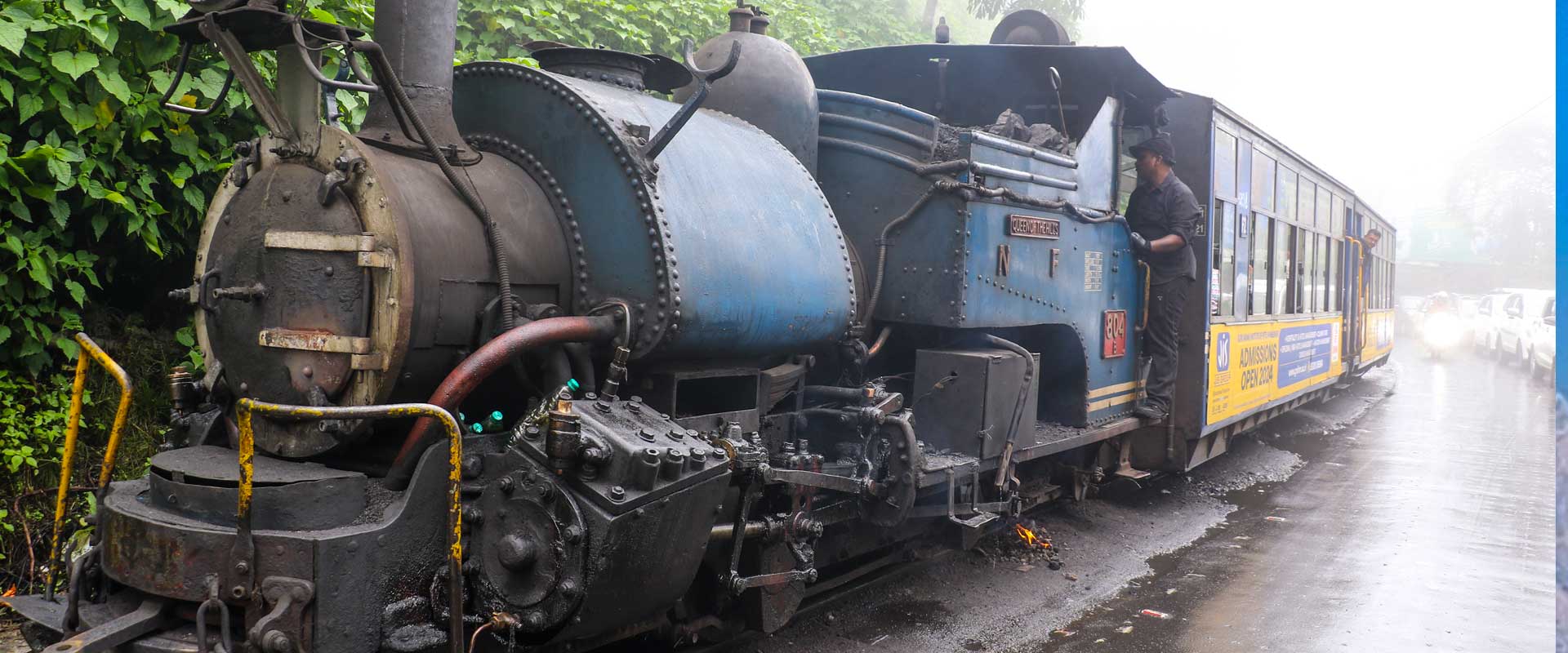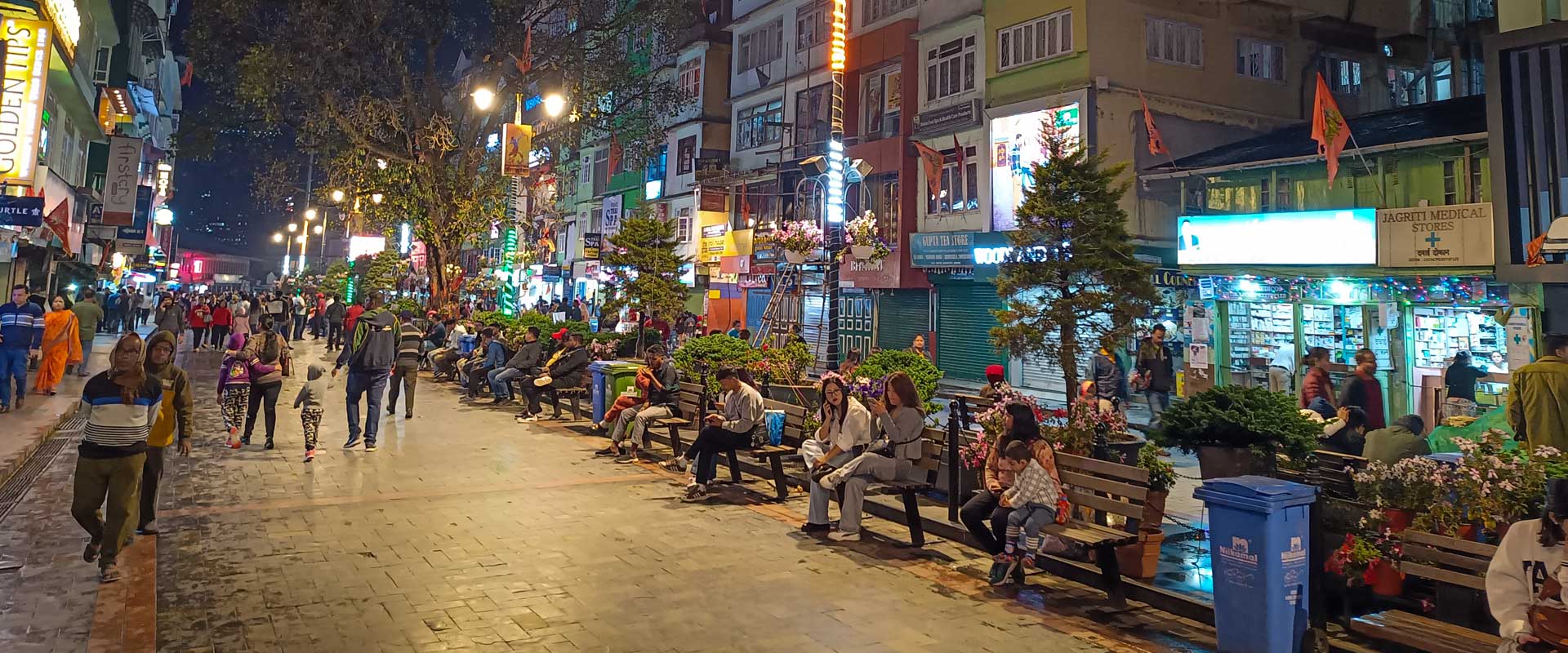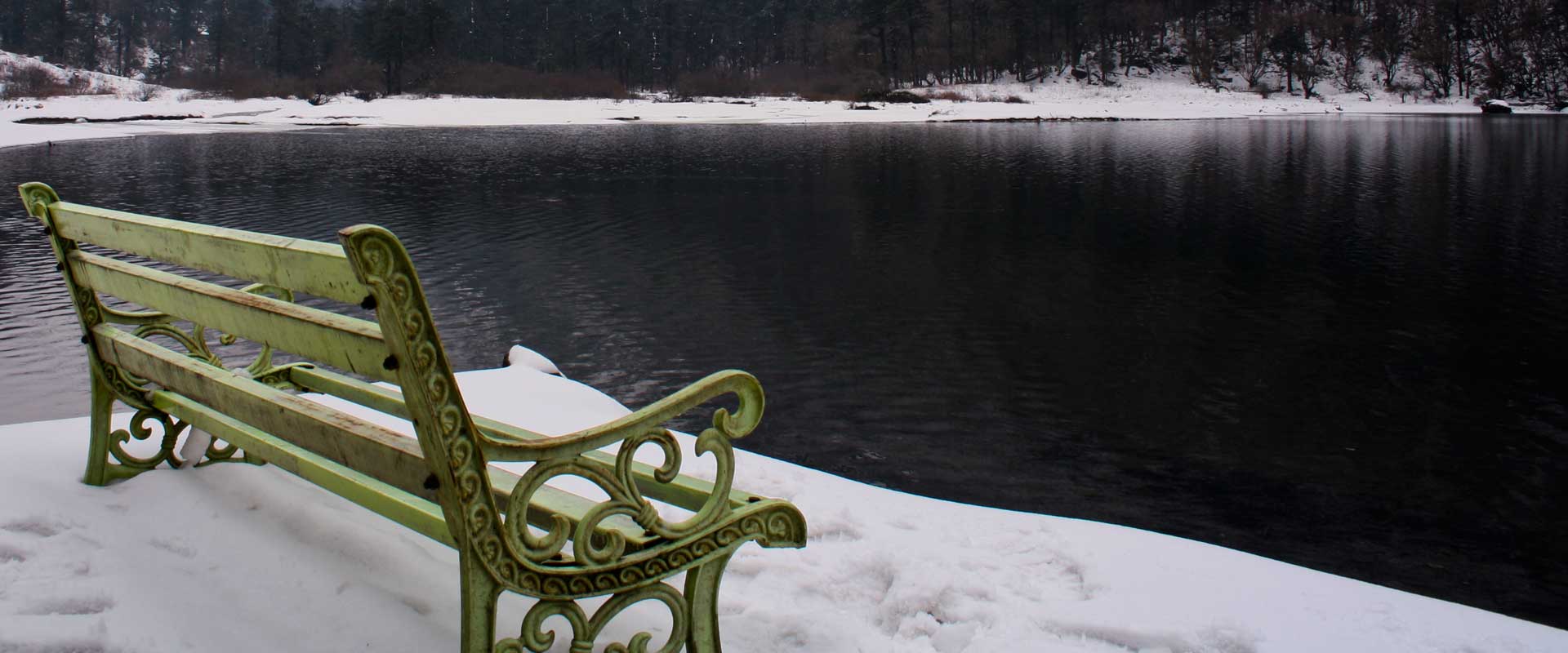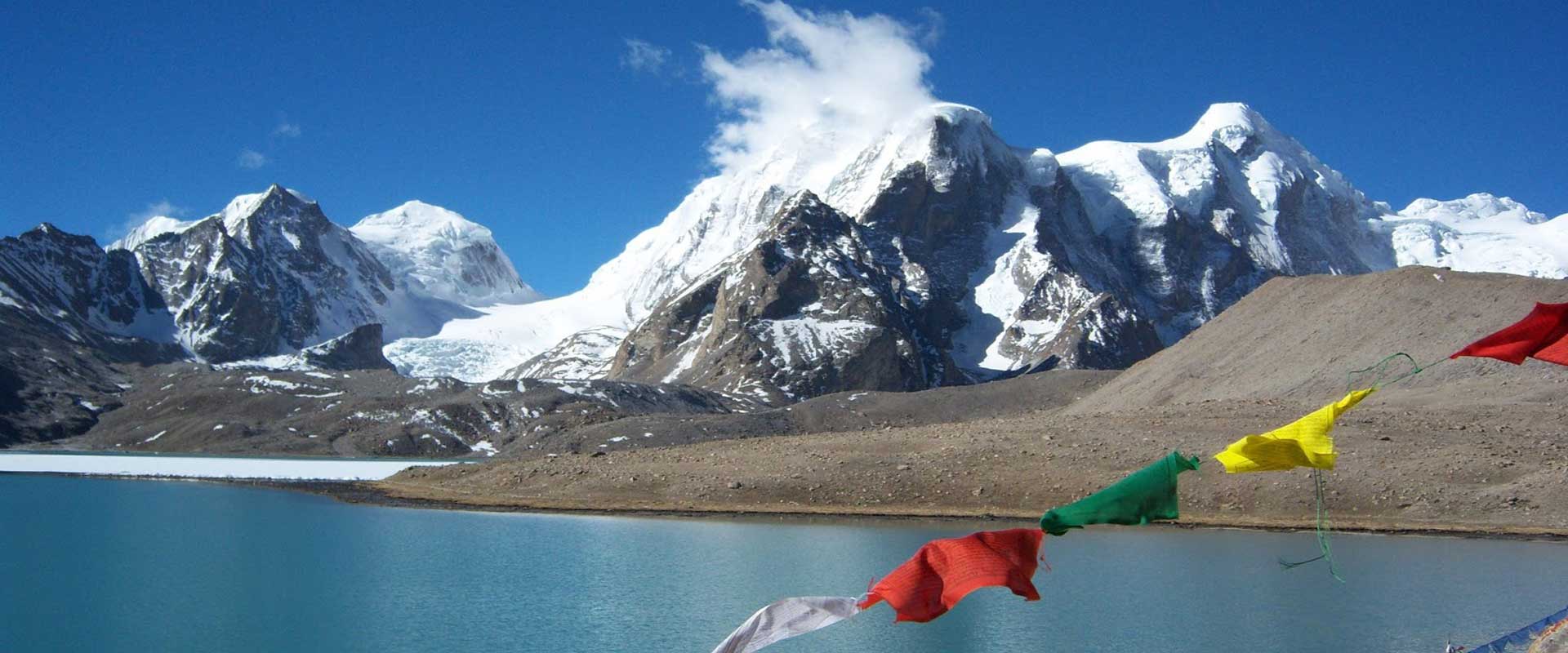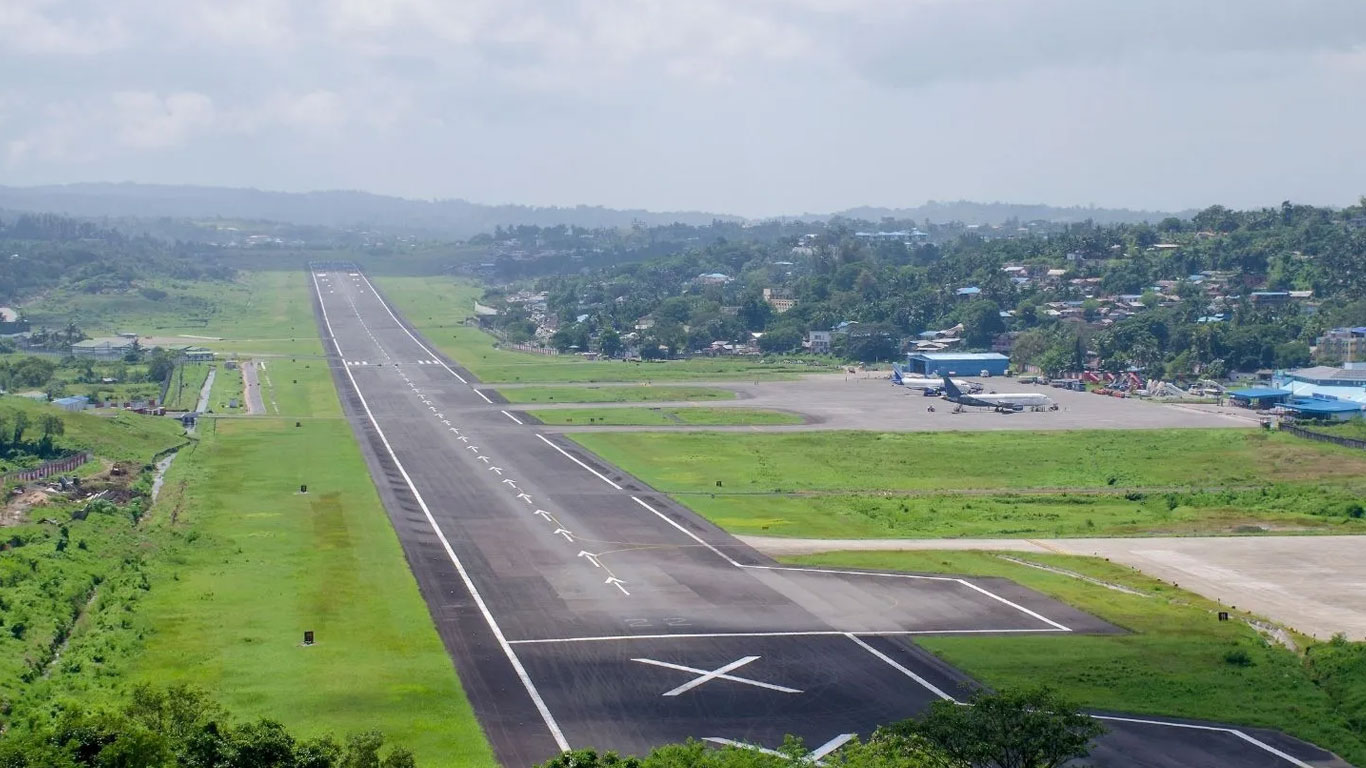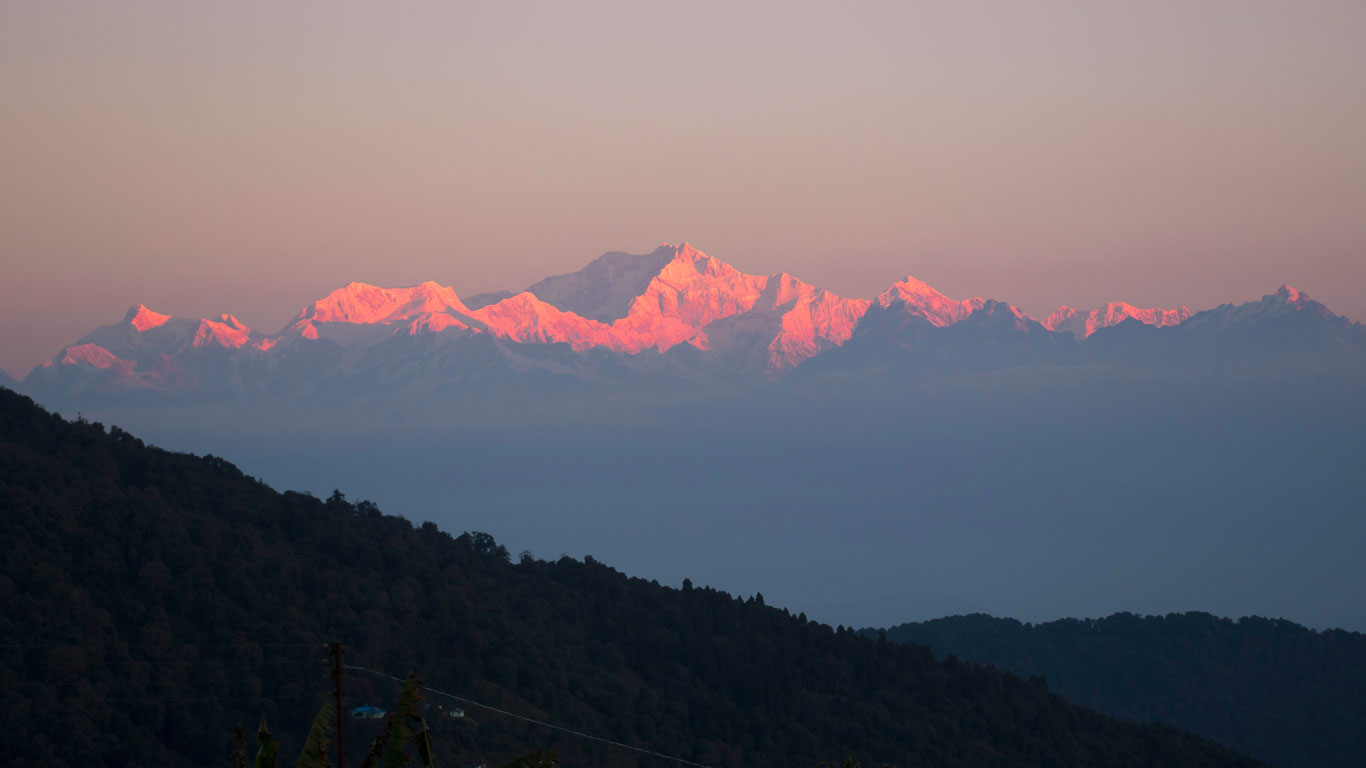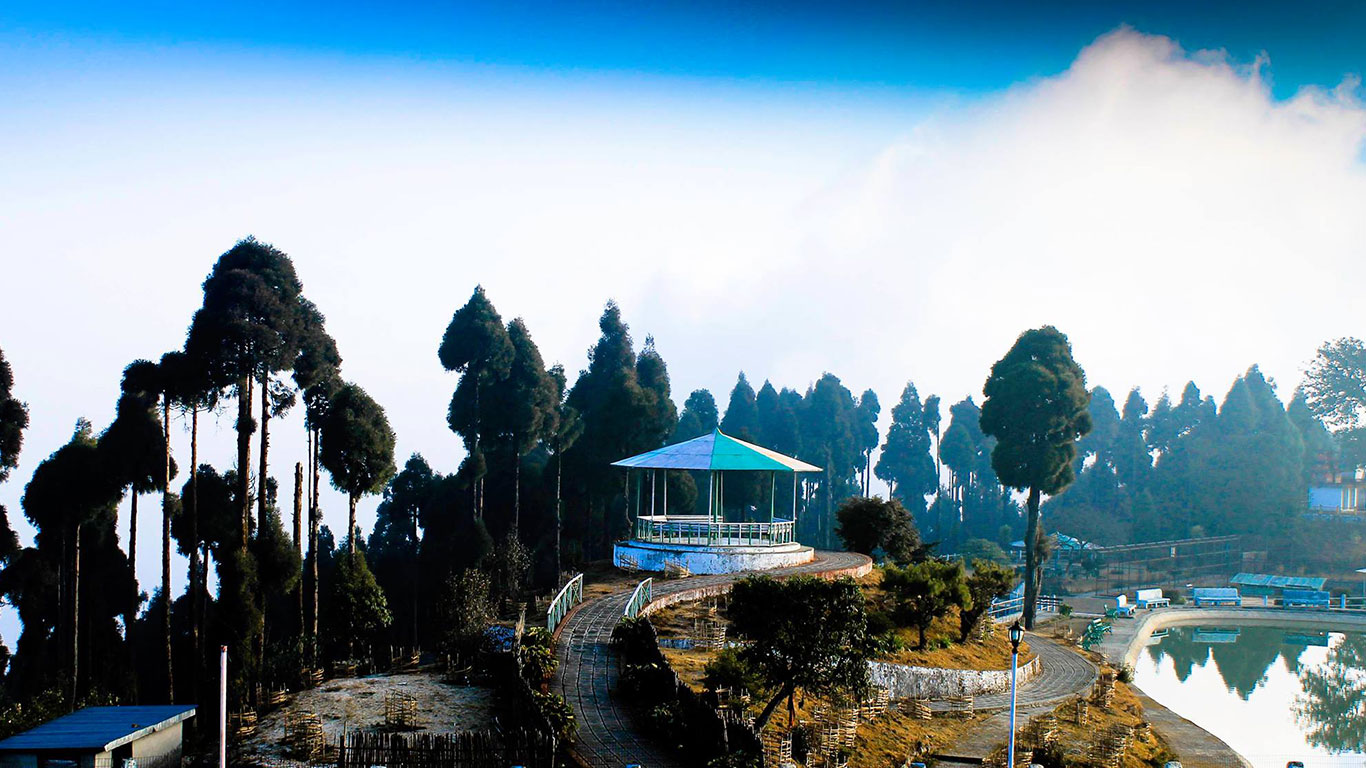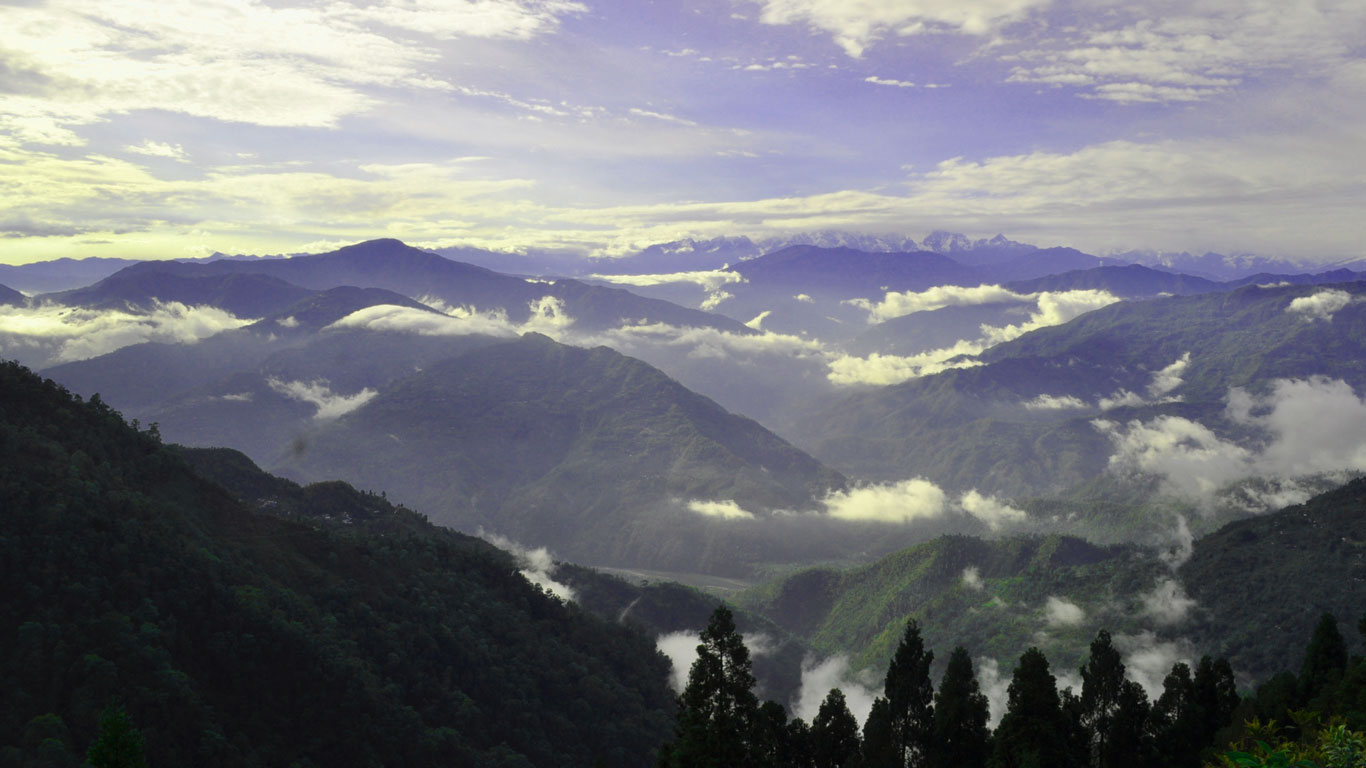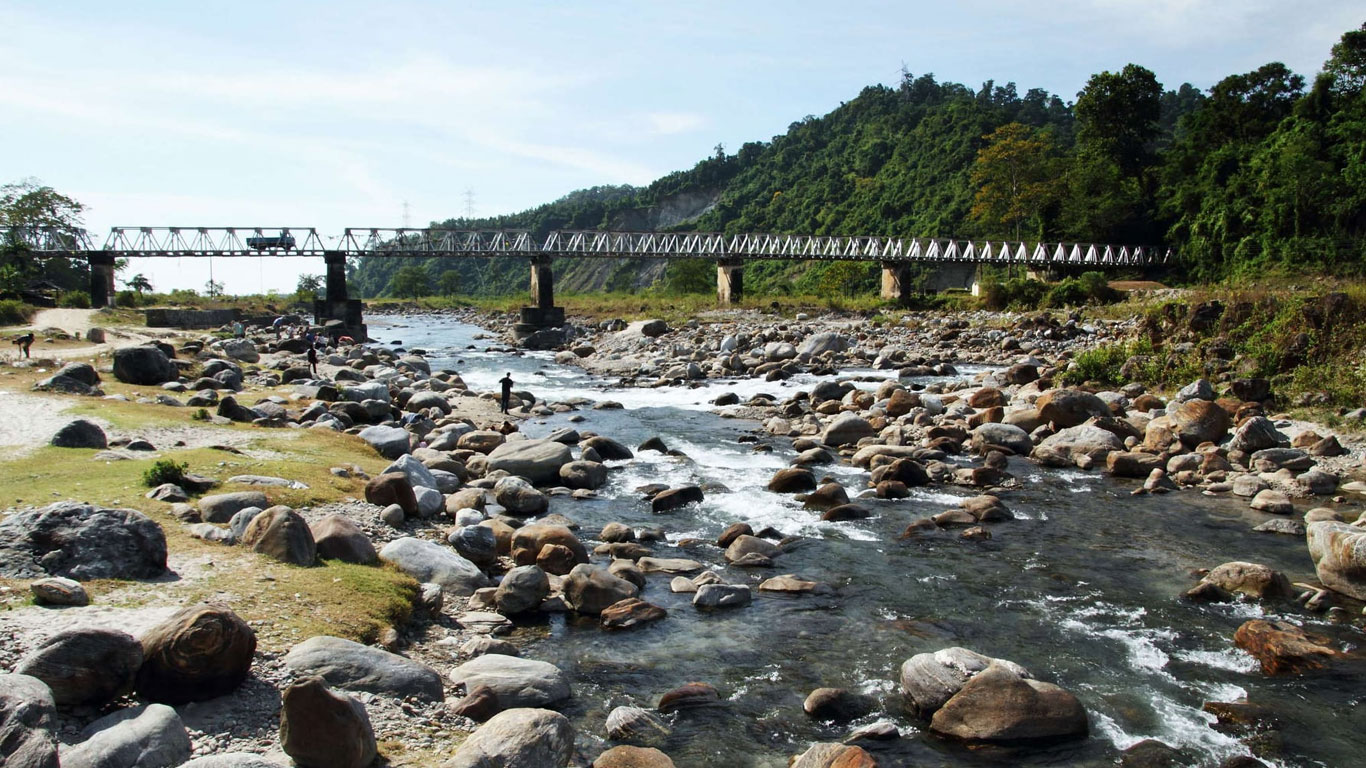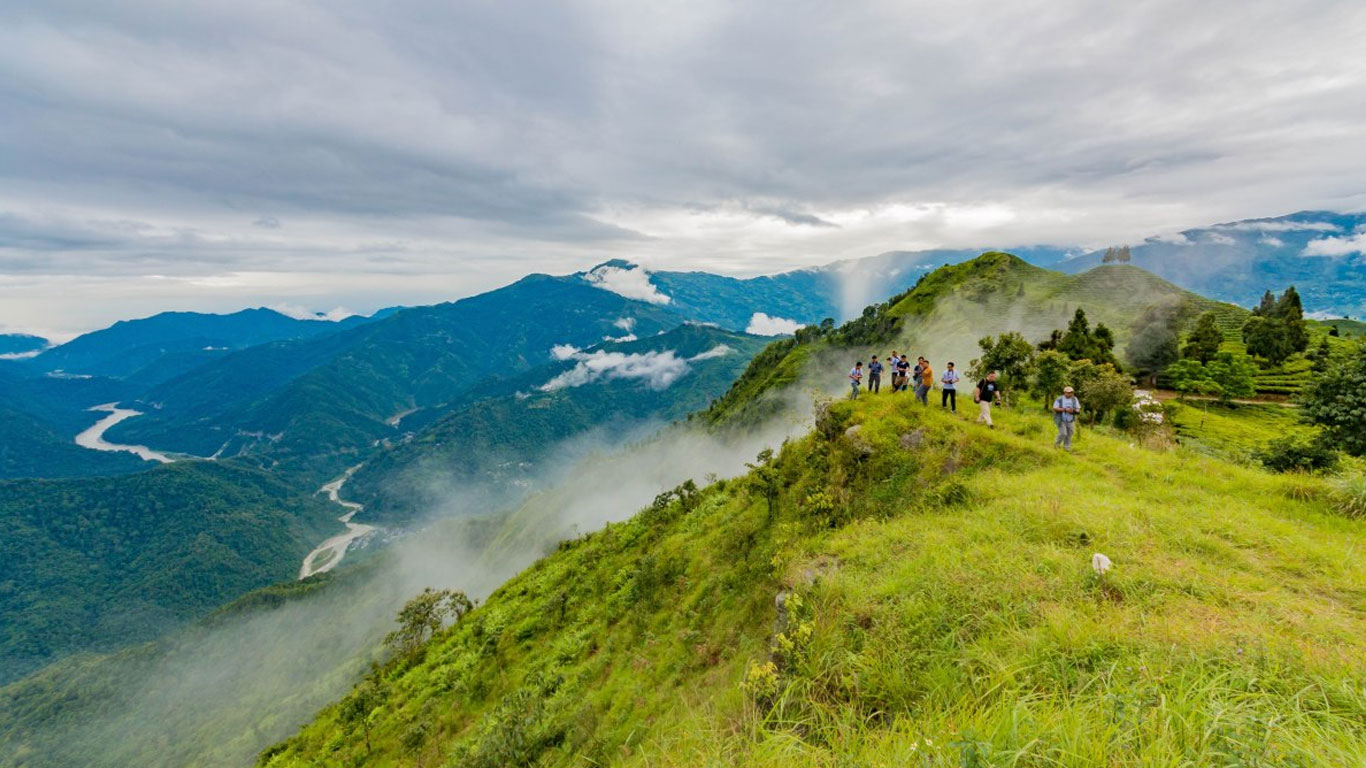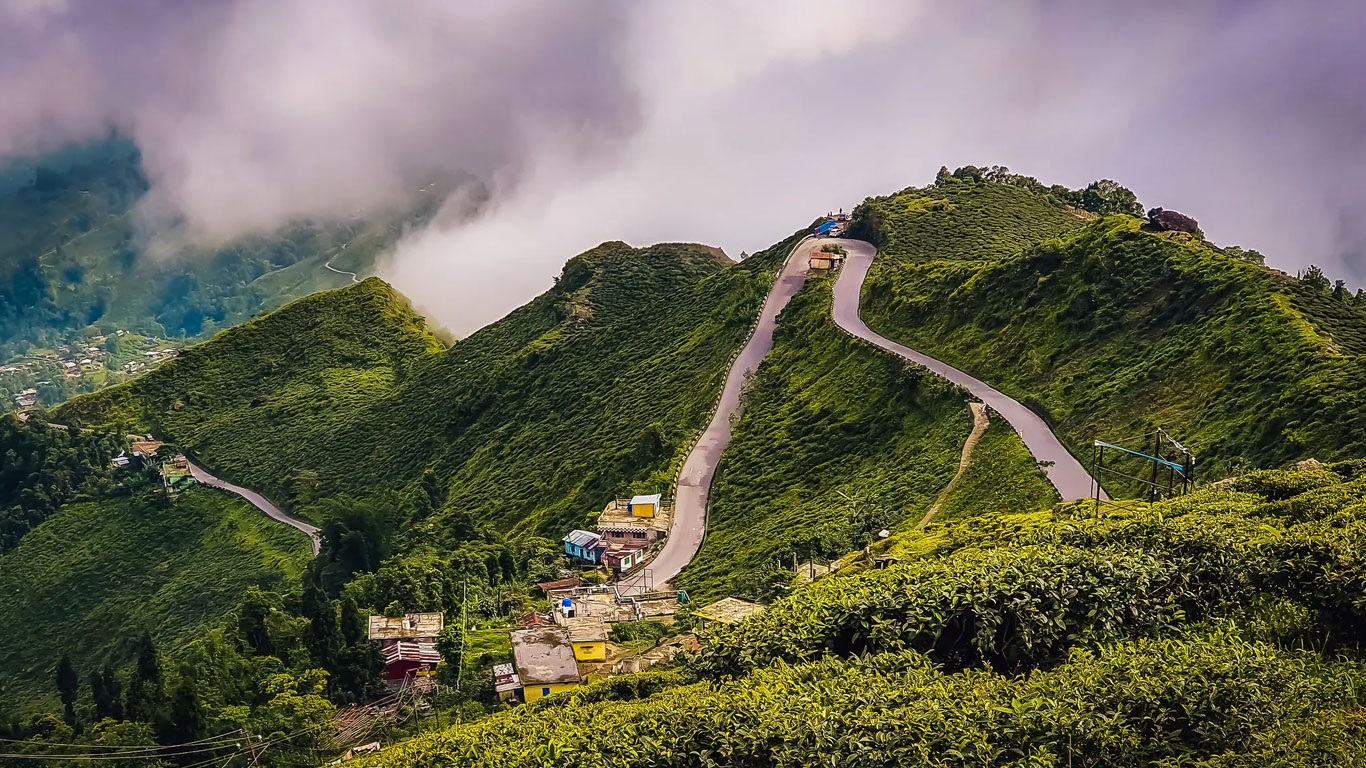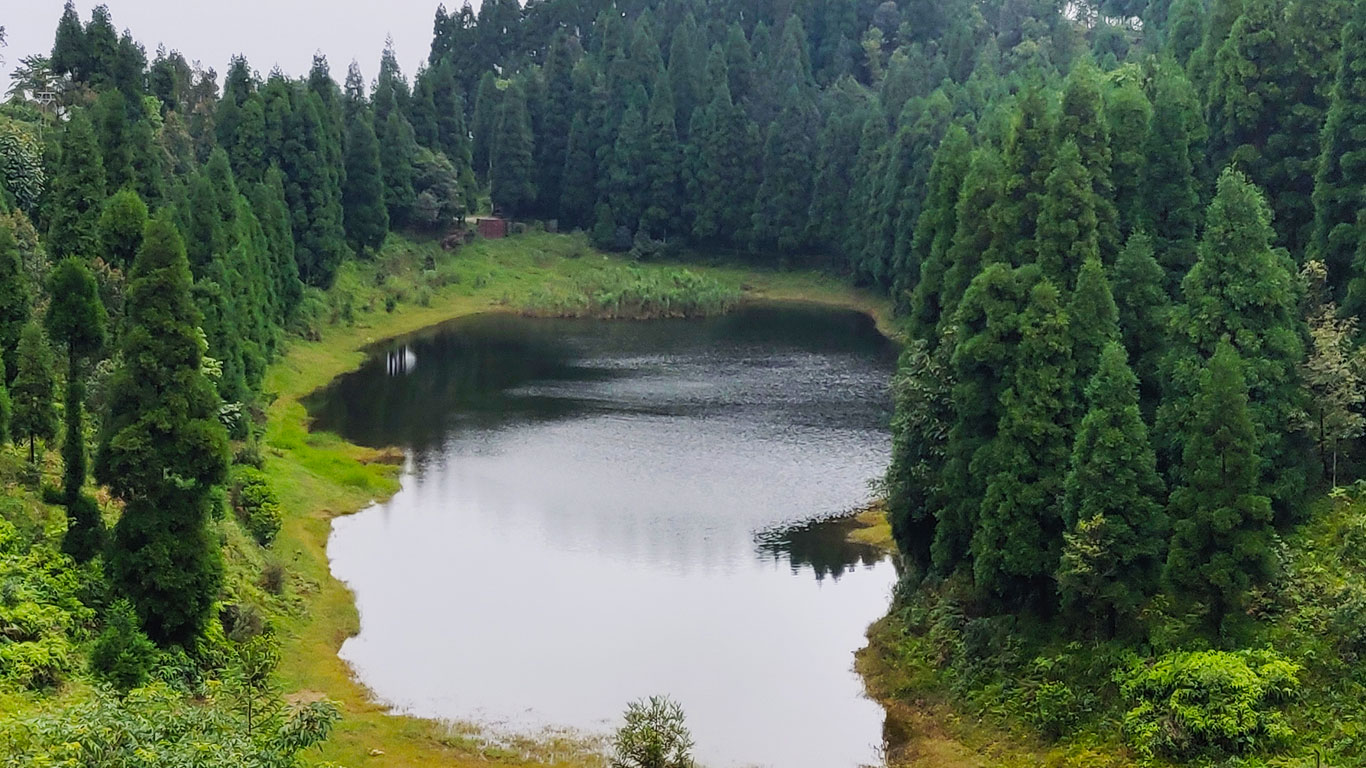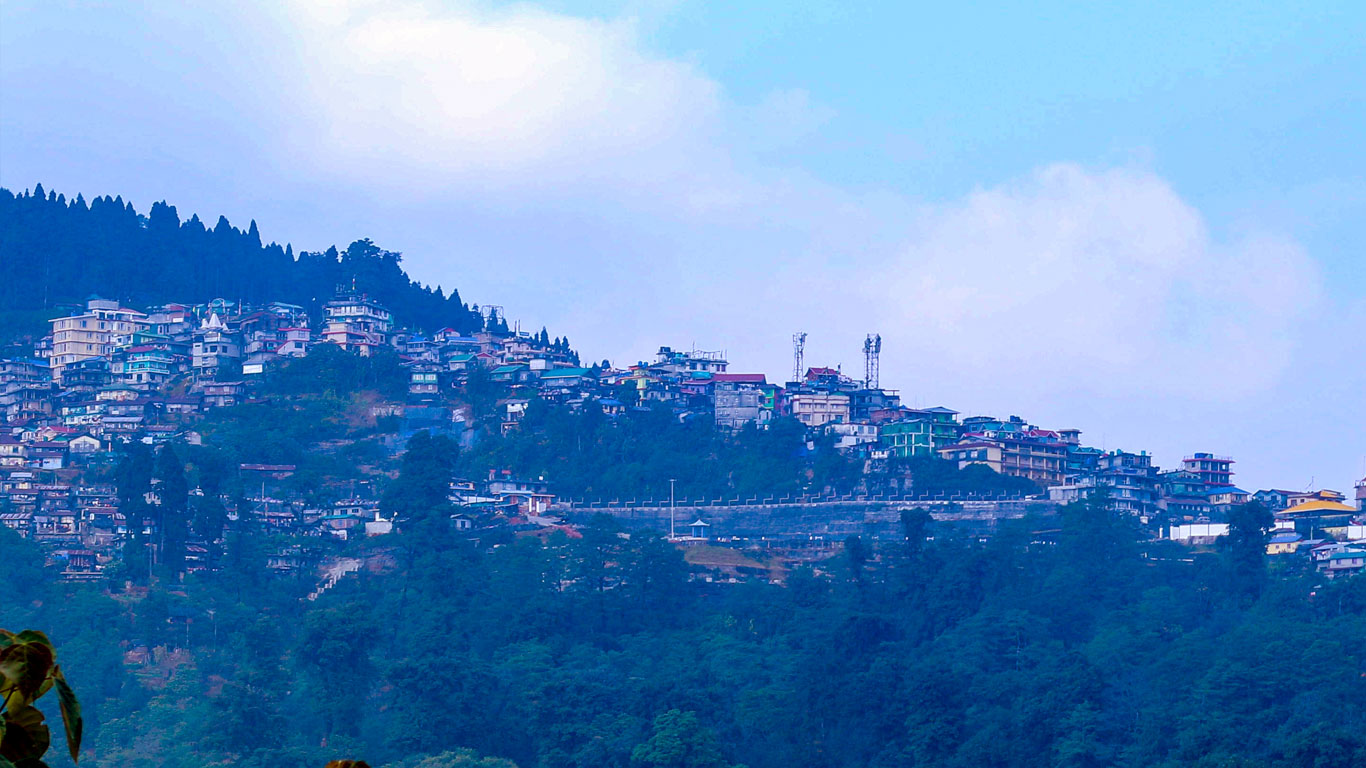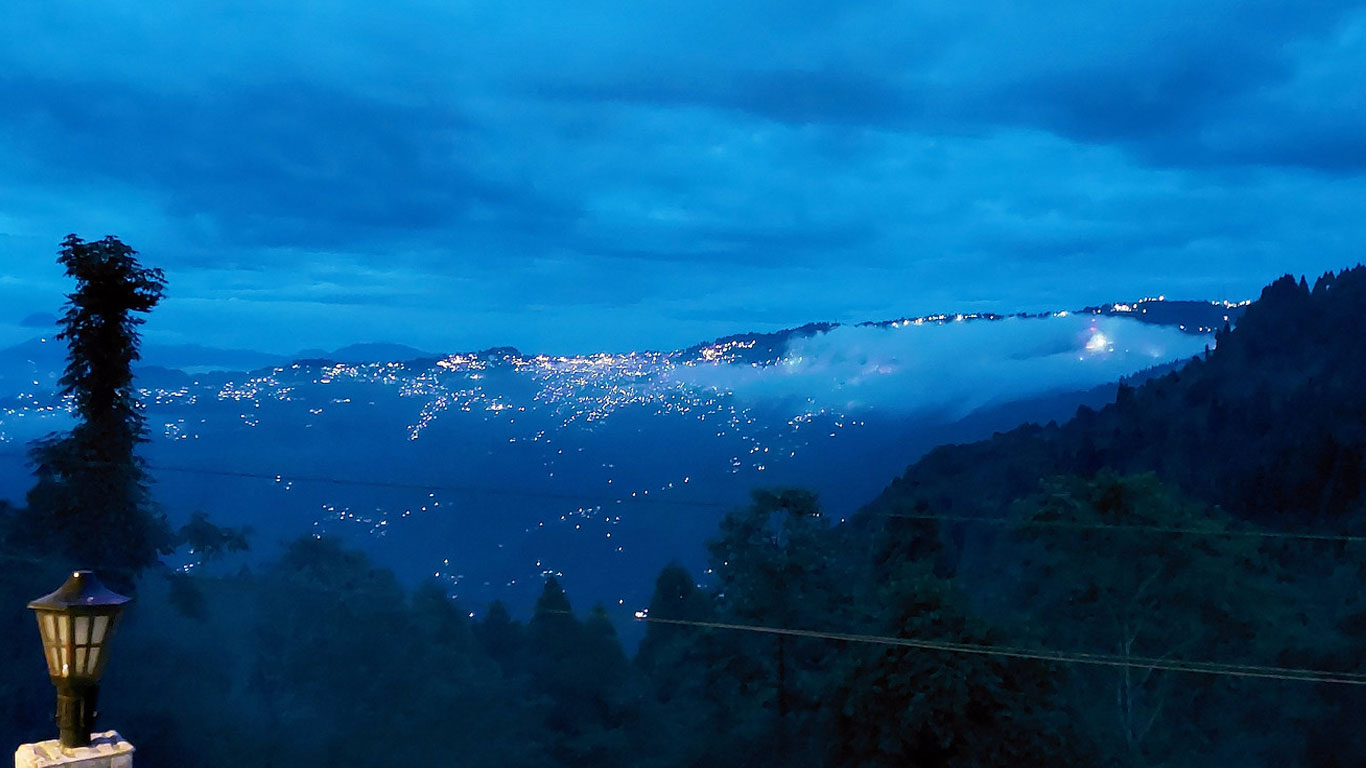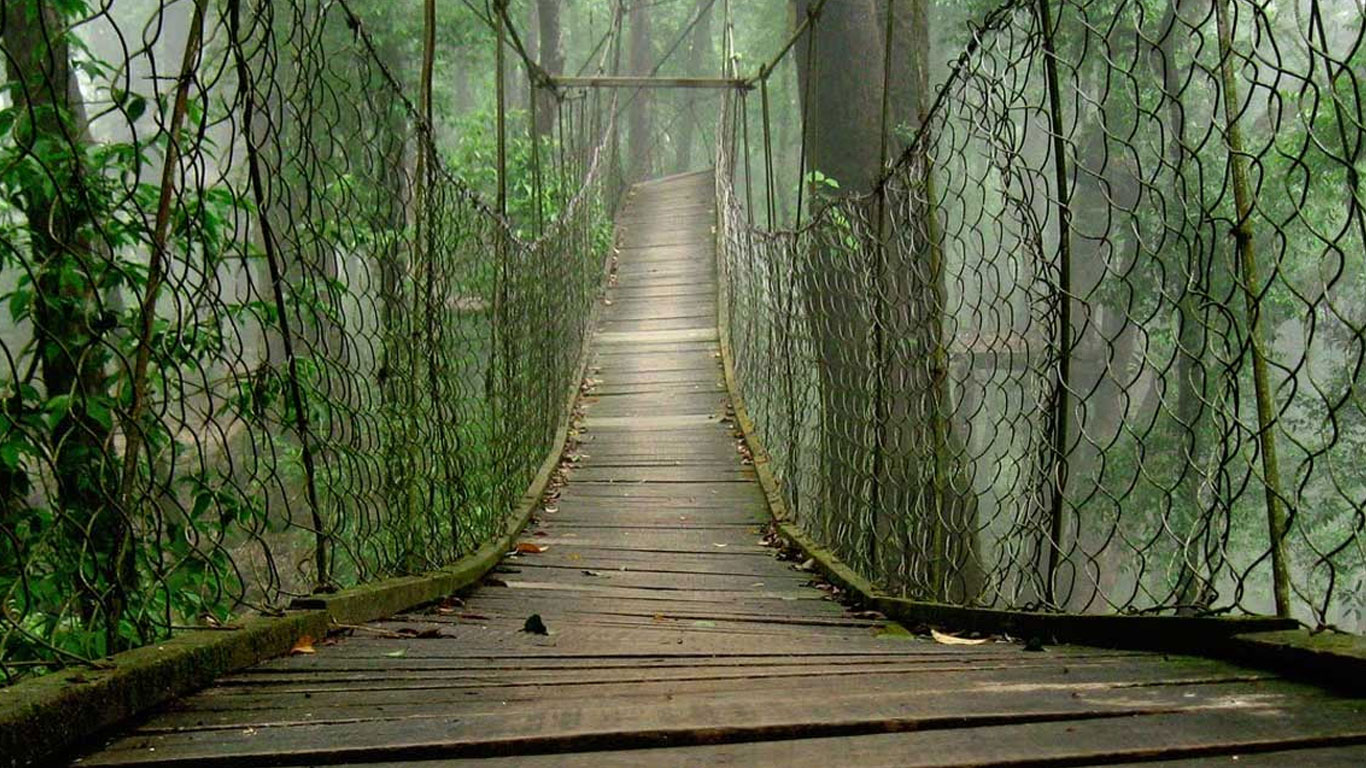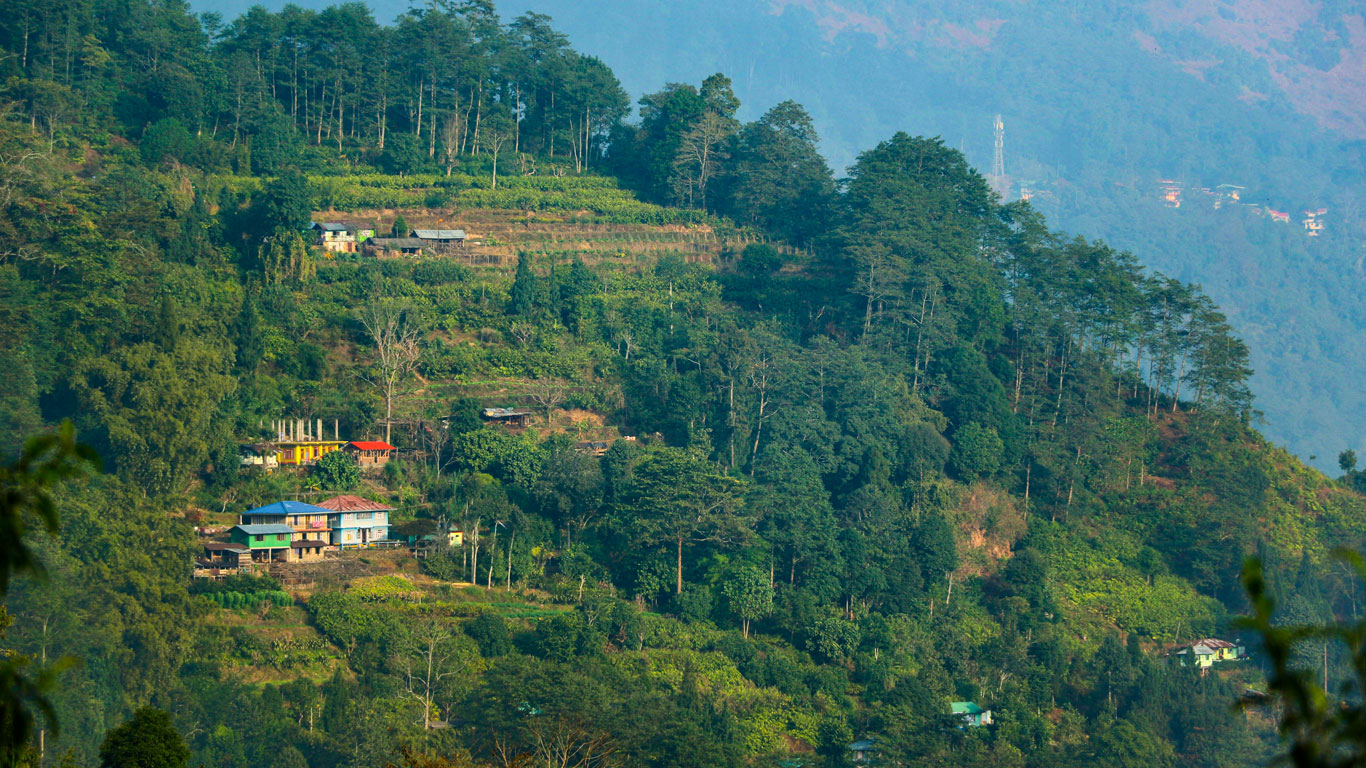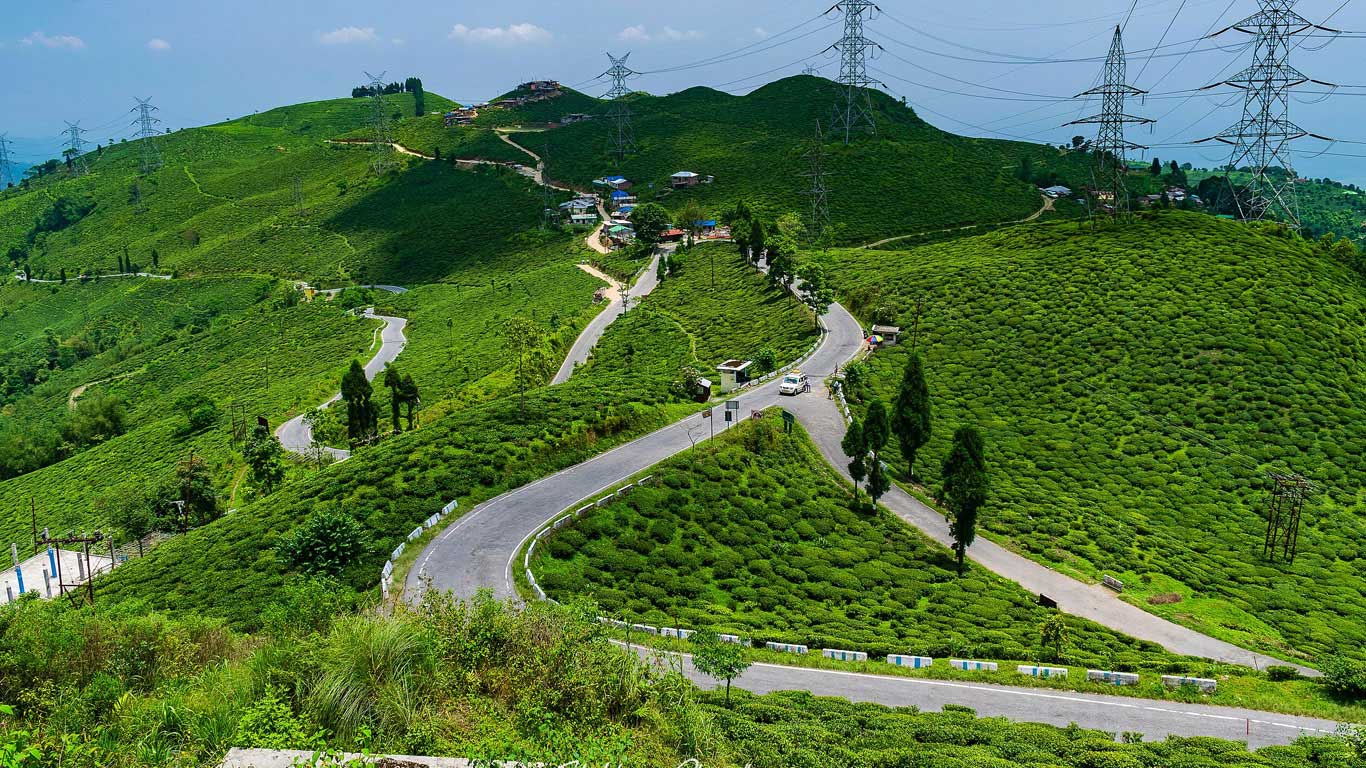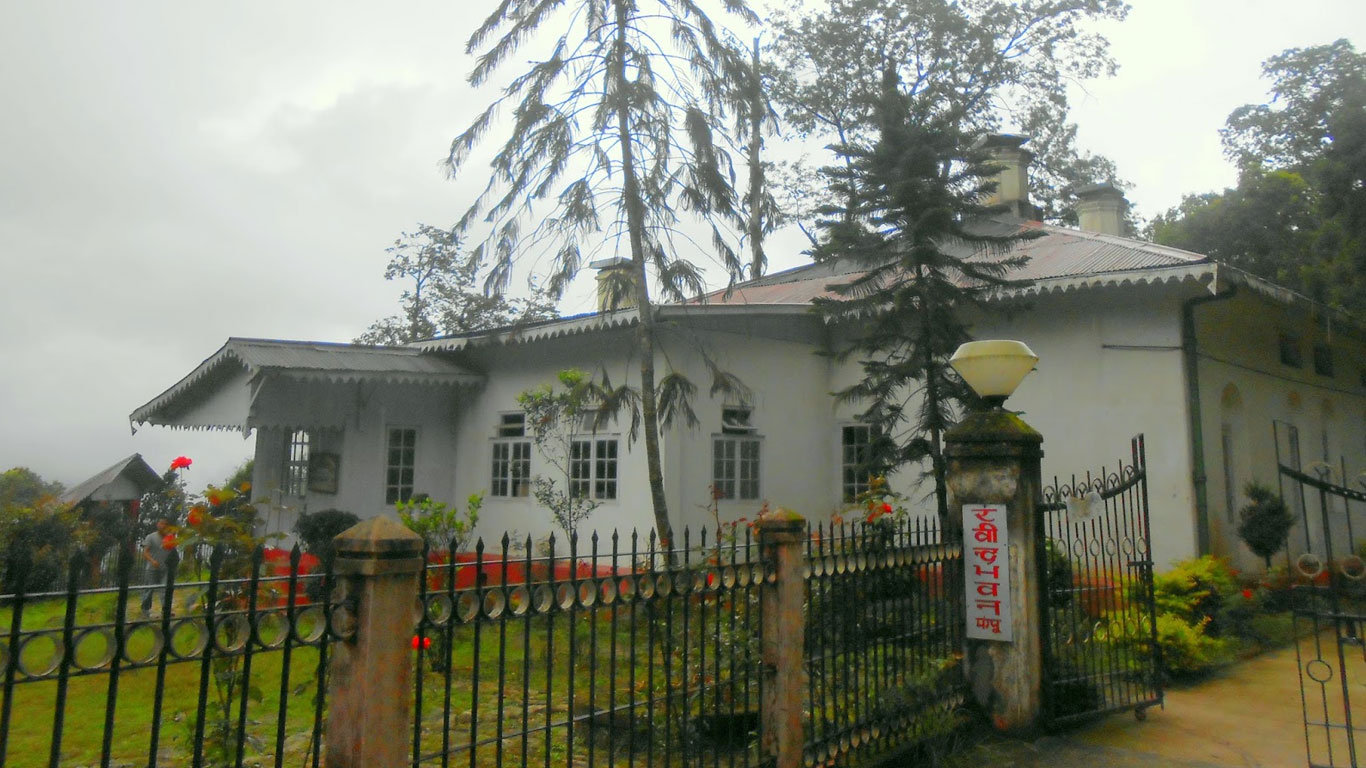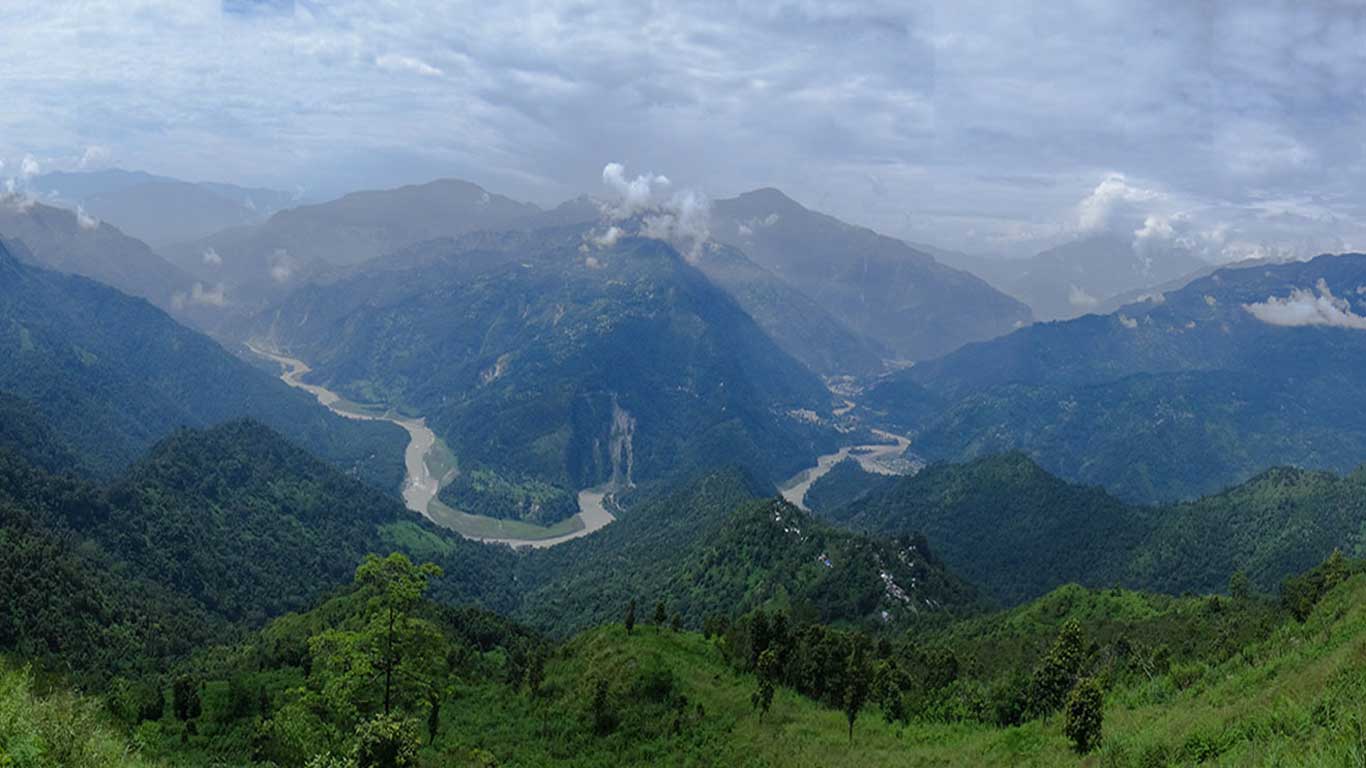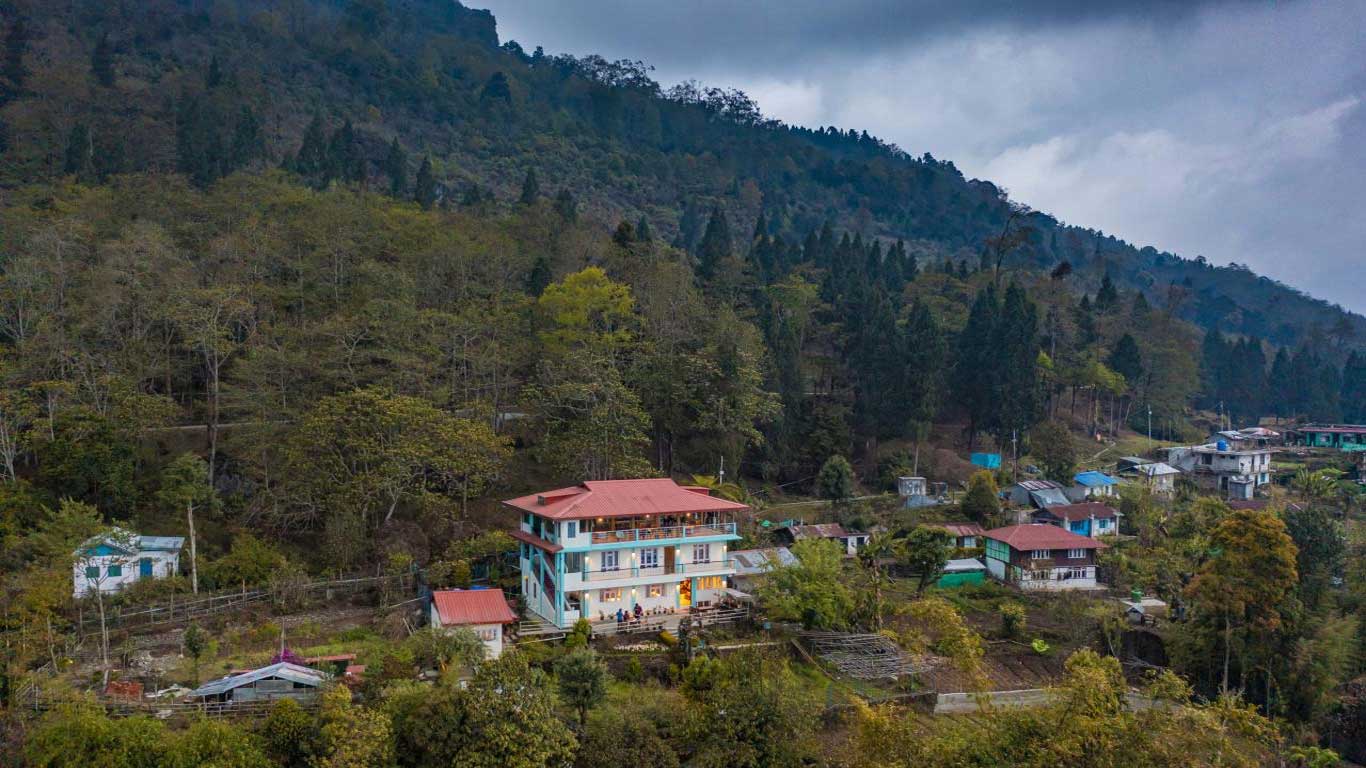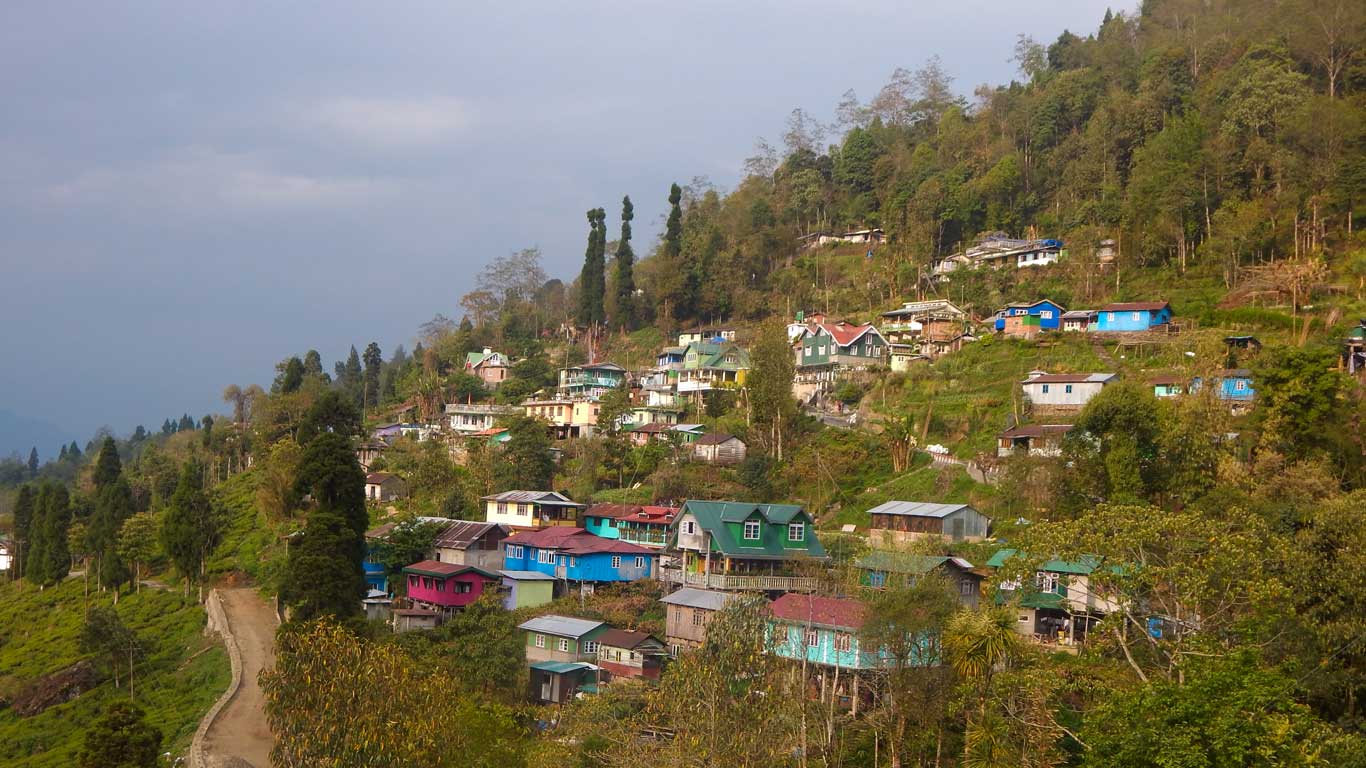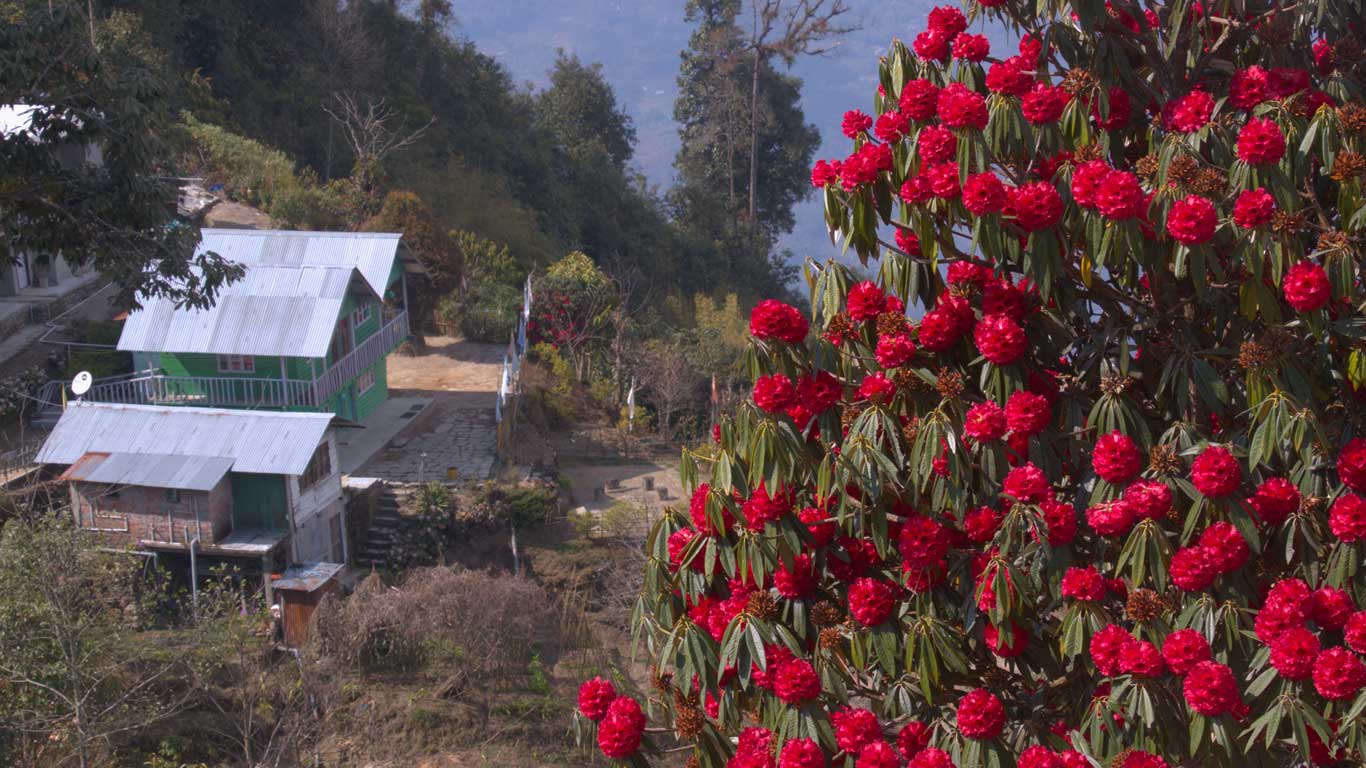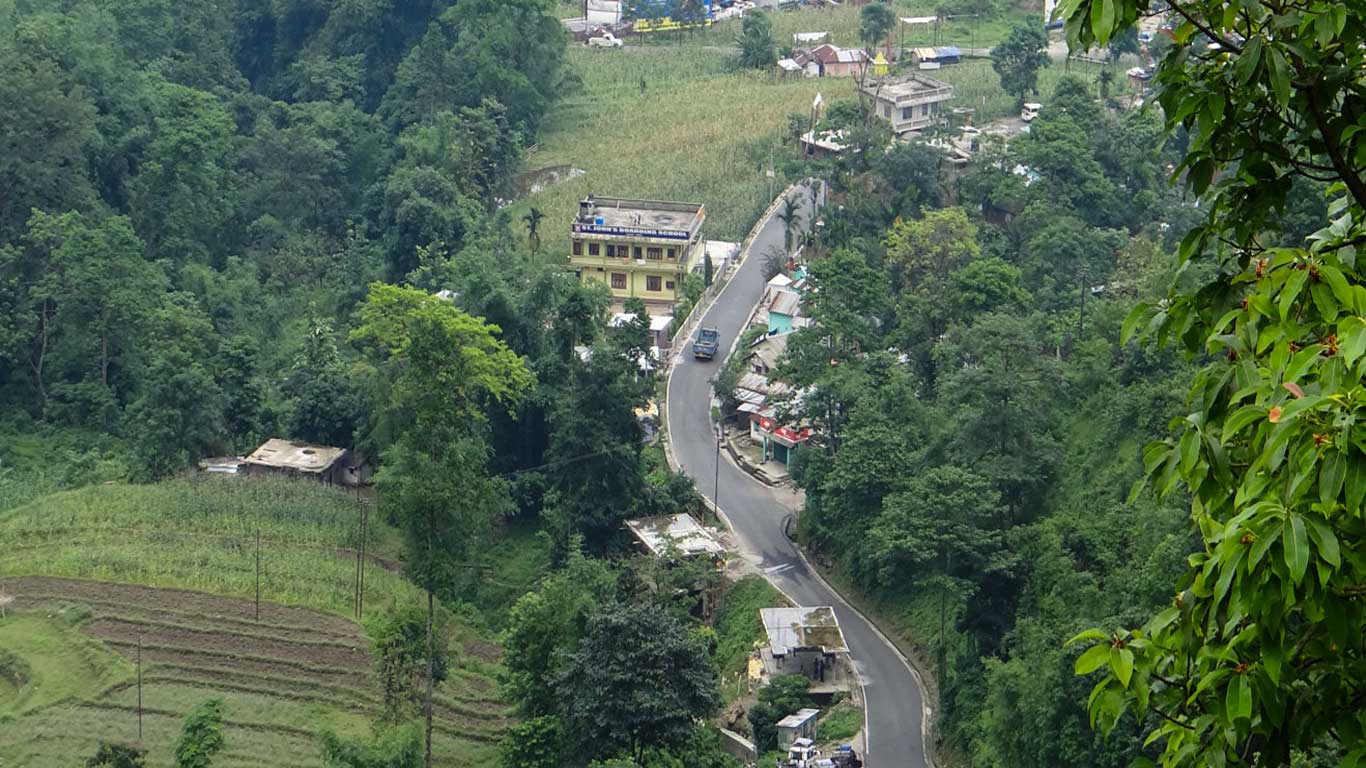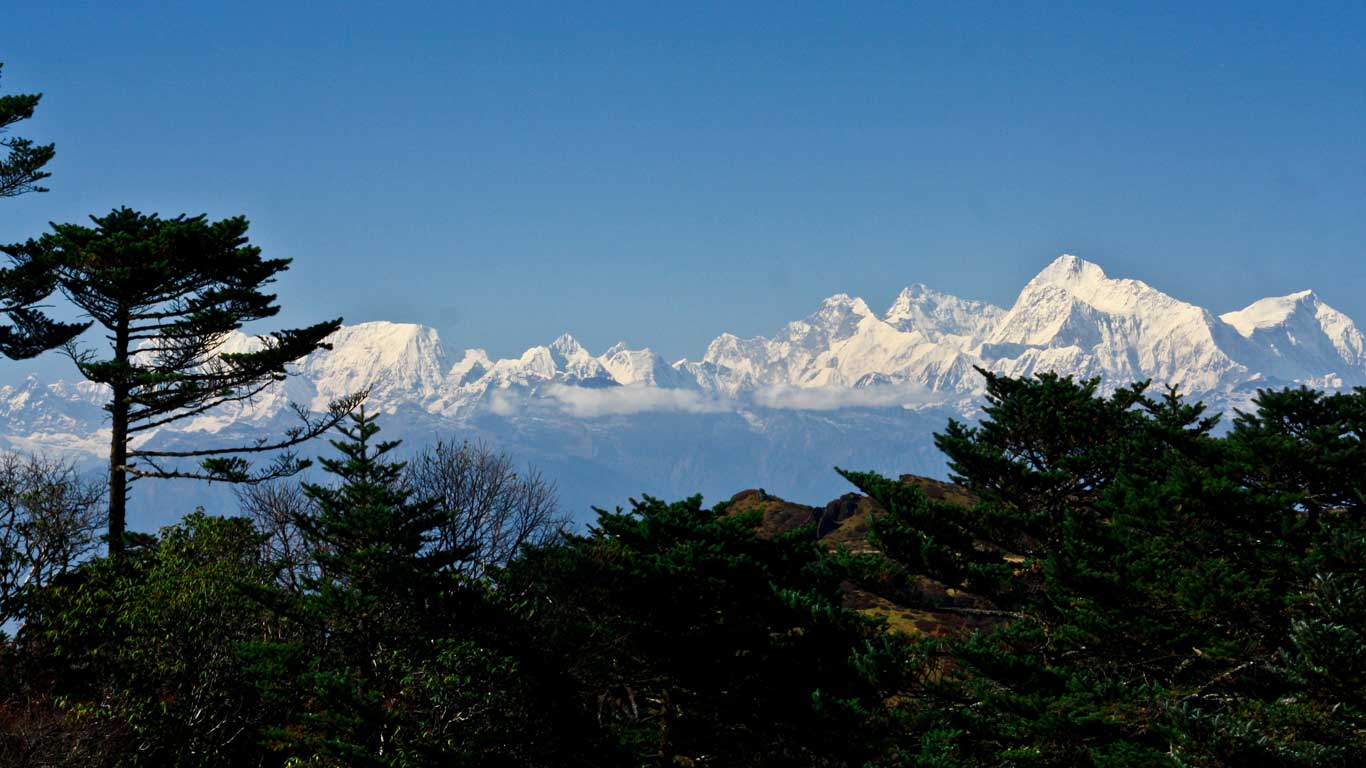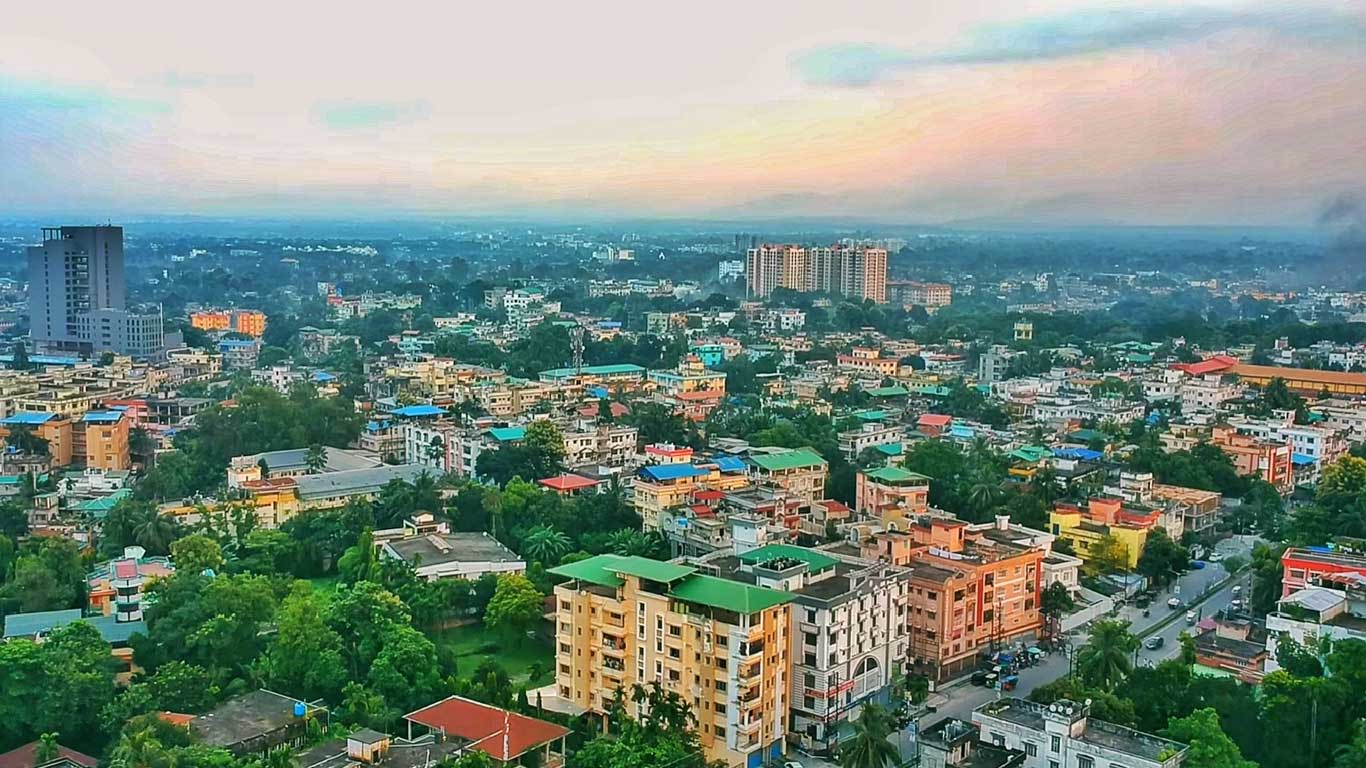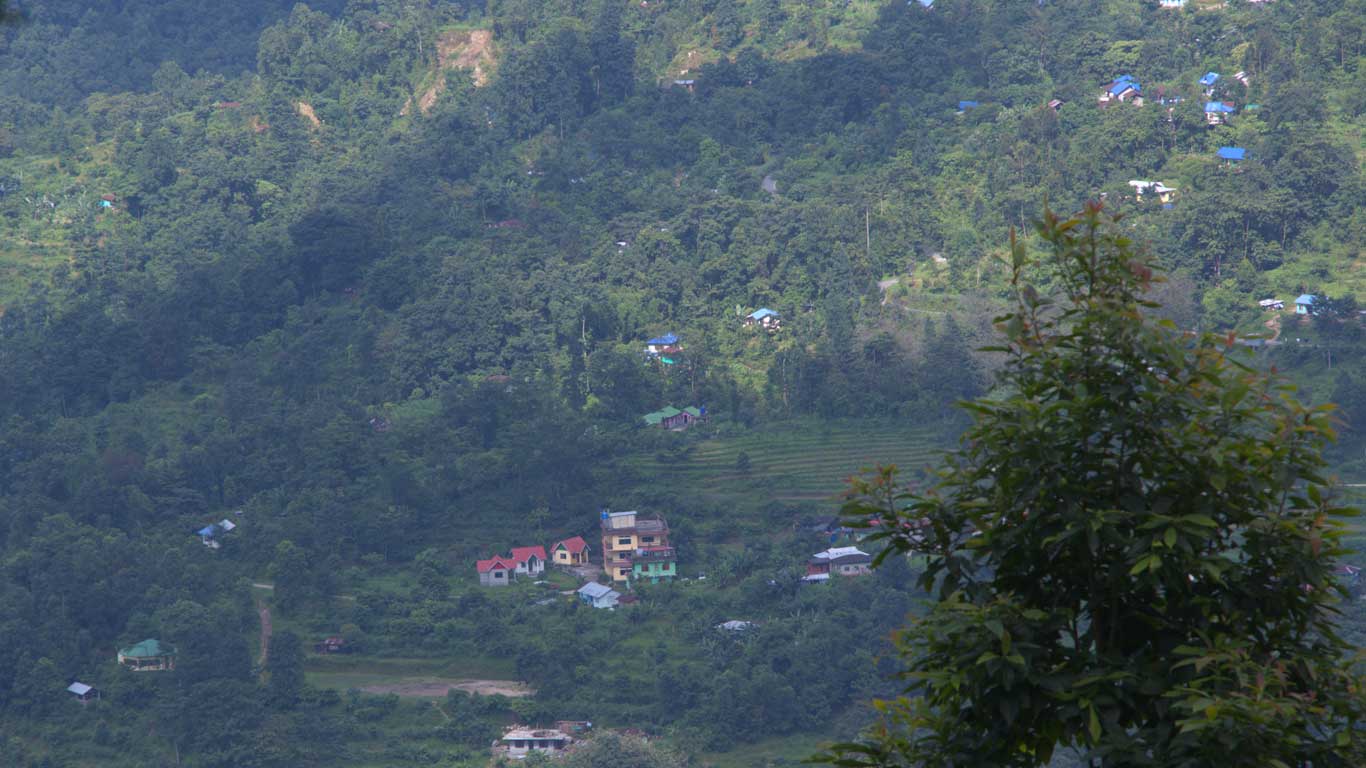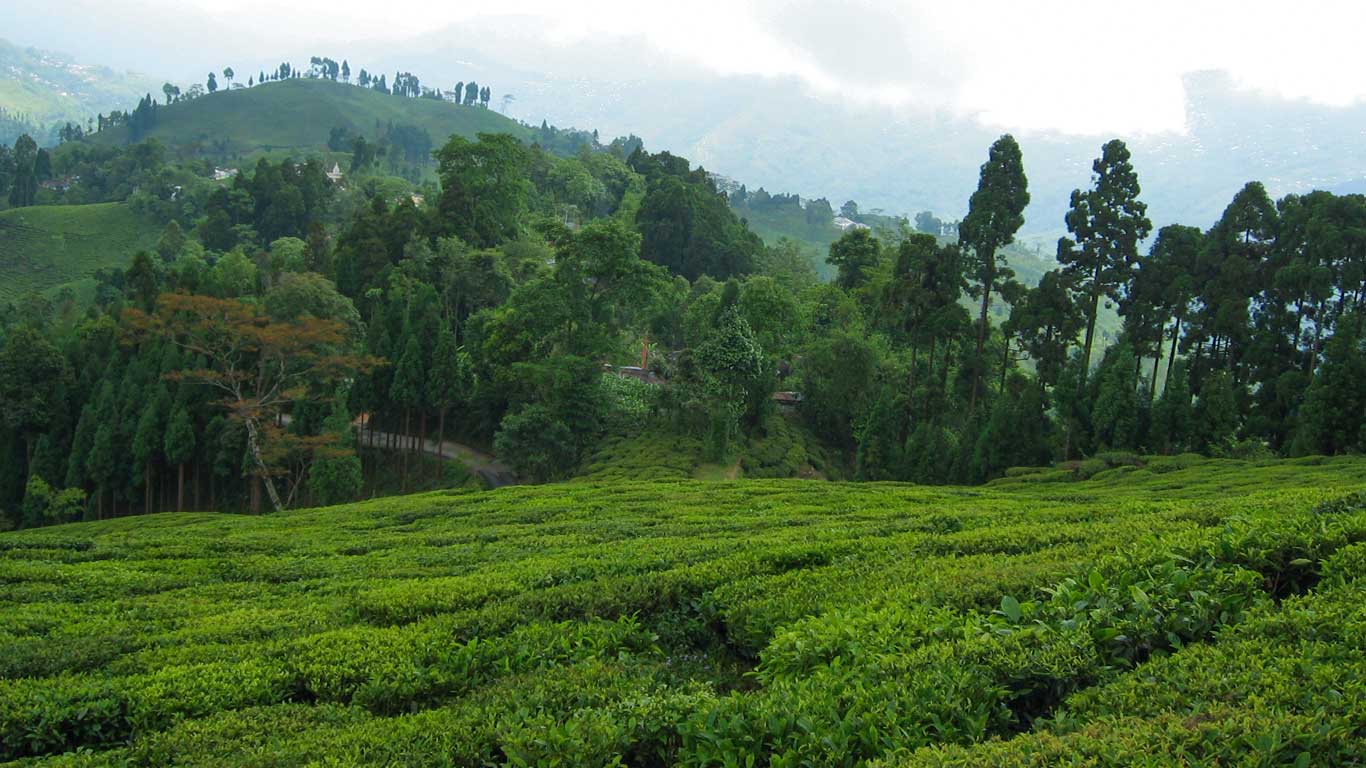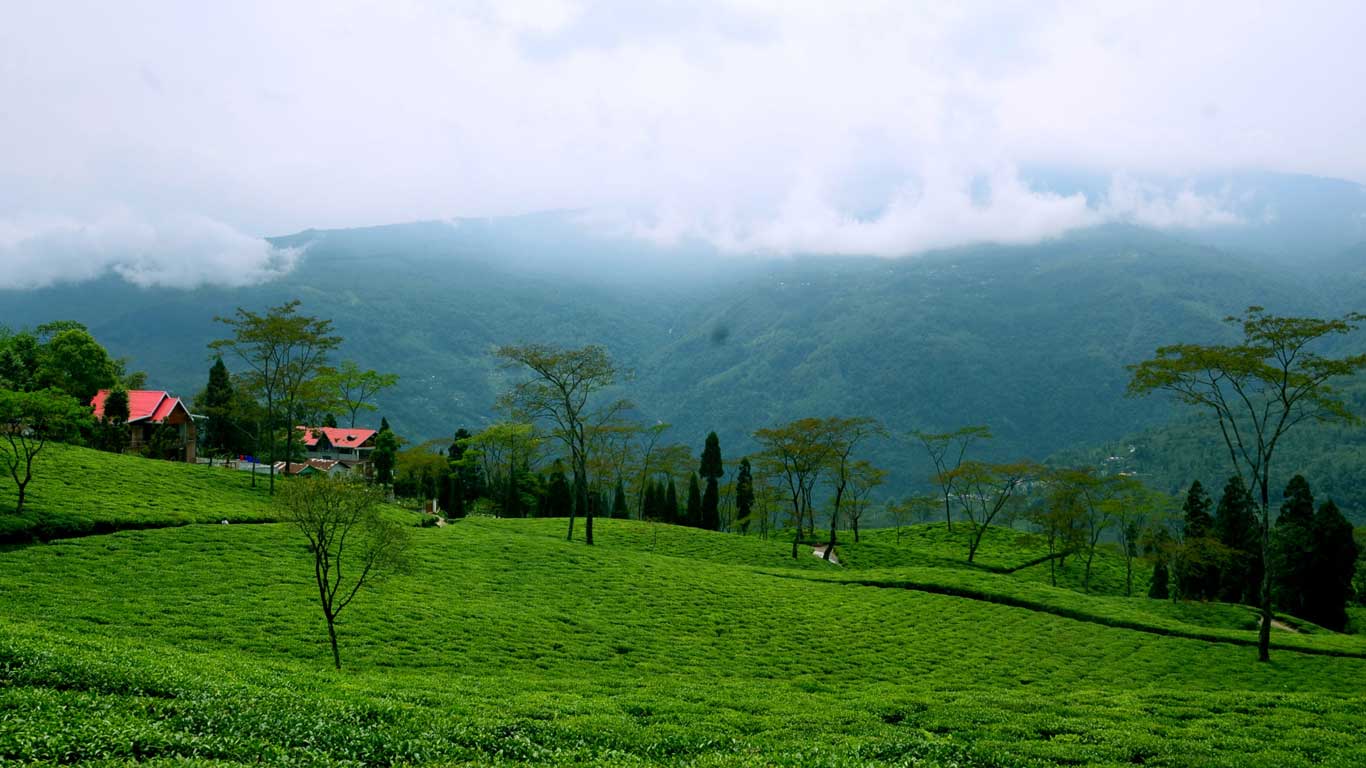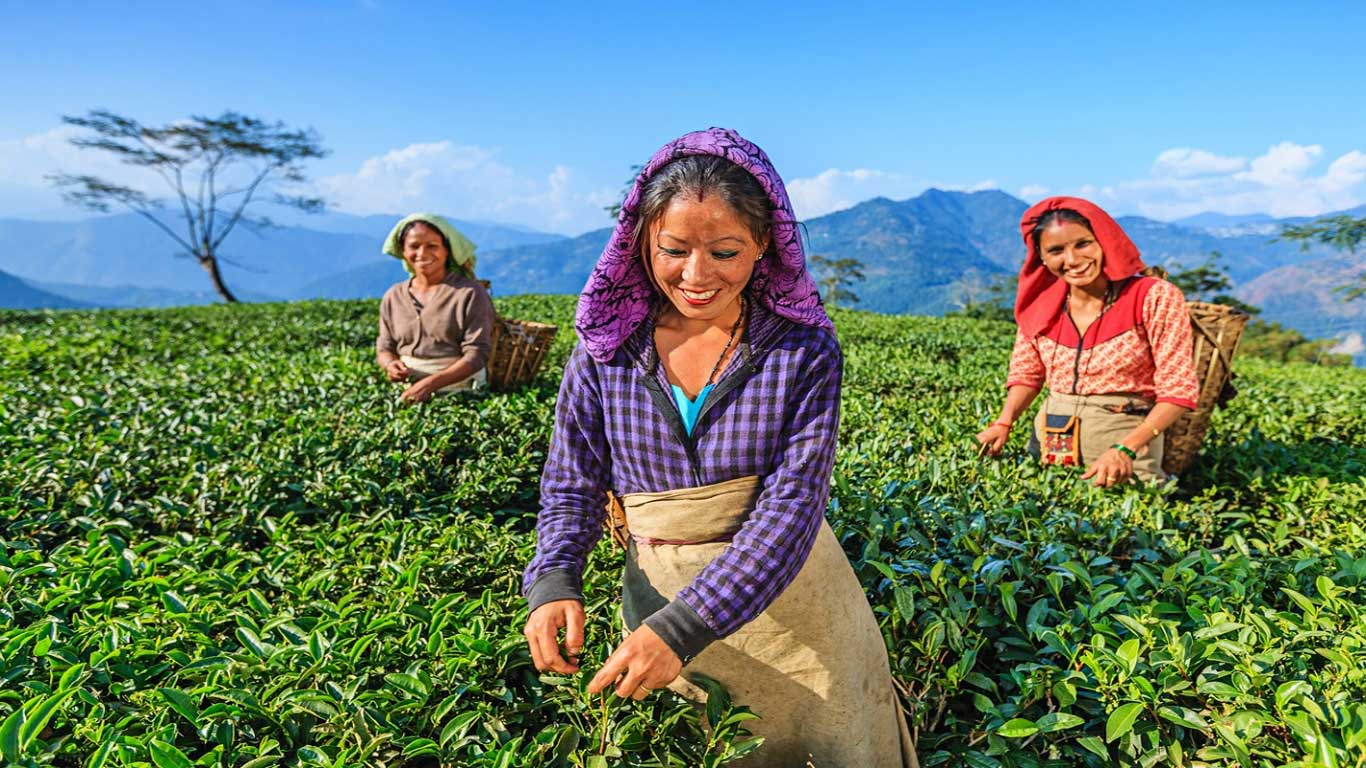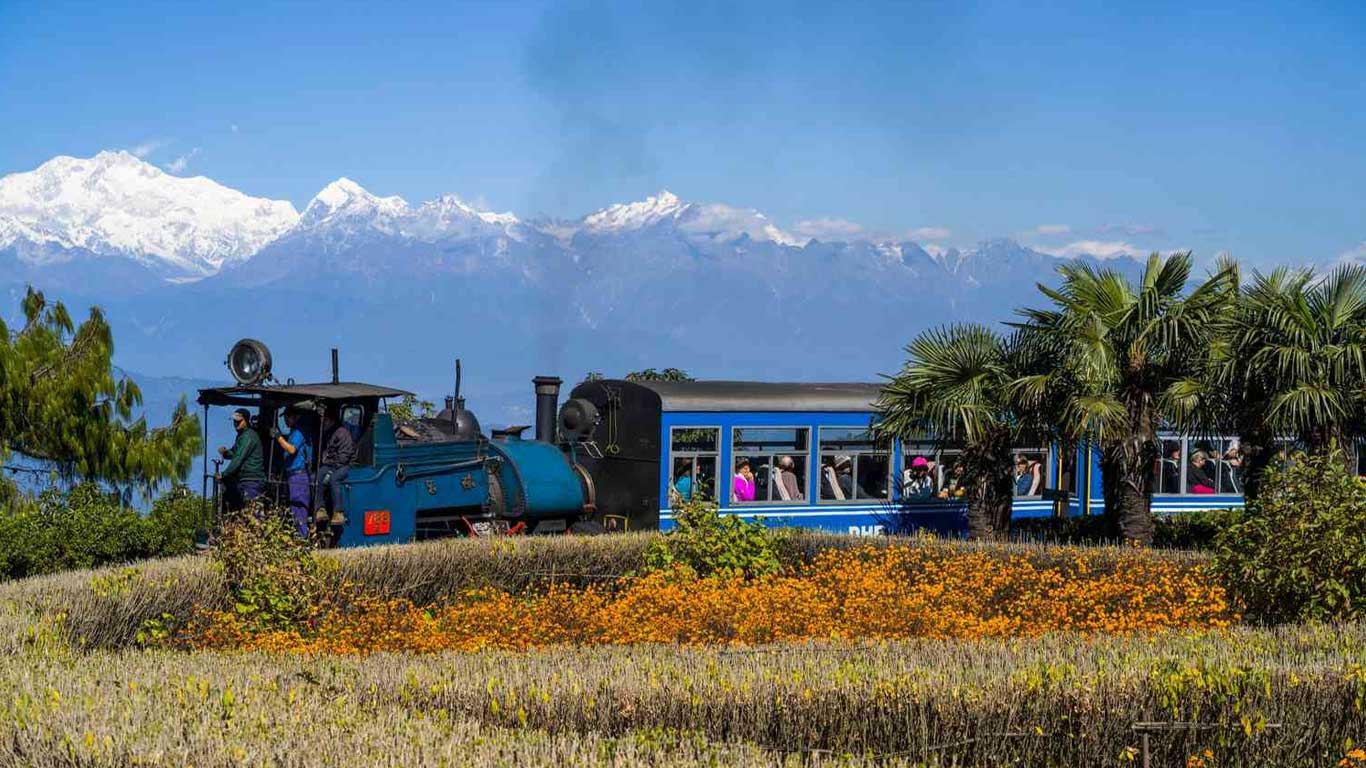Darjeeling
Darjeeling is the name of a town as well as a district in the West Bengal state of India. Both the town and the district are famous as one of the most important tourist destinations in the country. Darjeeling is famous throughout the world for the tea it grows and the great view of the Kanchenjunga range of mountains that it offers. It is also known for its richness in cultural & natural heritage and the famous toy train that has been declared a UN heritage. The district covering about 1144 sq km, attracts millions of tourists every year for the variety of attractions it offers.
The hill rises from the `Terai` and `Dooars` plain of Bengal and reaches an altitude of more than 12,000 feet. Three divisions of the district, namely Darjeeling, Kalimpong, and Kurseong constitute the hilly areas and the Siliguri subdivision is in the plains.
To the north of the region is the Indian state of Sikkim, which borders Nepal on the West, and Bengal plains in the South and East. In Darjeeling, those who grow up in the mountains identify themselves according to their ancestry: Nepalese, Bhutanese, Tibetan or Lepcha. The region also contends with a religious mix - Although Hindus represent the majority, there is a strong presence of Tibetan Buddhism and other religions.
Darjeeling Himalaya is famous for its richness of flora and fauna. There are two national parks (Neora Valley NP and Singalila NP) and one wildlife sanctuary (Mahananda WLS) in the area. Singalila National Park is famous for the red panda, a very rare and endangered species. Neora Valley - a beautiful tropical forest, a large part of which is still virgin - offers a great attraction to tourists.
When the British first arrived here, the place was almost completely forested and virtually uninhabited, though it had once been a sizeable village. Rapid development work by the British resulted in the construction of a road in 1840, numerous houses and a sanatorium were built and a hotel opened.
By 1857 Darjeeling had a population of some 10,000. The population increase was due mainly to the recruitment of Nepalese labourers to work in the tea plantations established in the early 1840s by the British. Even today, the vast majority of people speak Nepali as a first language.
Occupation: The region's economy is dependent on the three `T`s; Tea, Tourism, and Timber. With greater concern for the environment, the Timber trade has fallen sharply over the years. Apart from these, the region produces a large number of oranges, cardamom, flowers etc.
Darjeeling Town
The 'Queen of Hills', Darjeeling is arguably the most popular tourist destination in northeast India. Situated at an altitude of 2134m, this hill town, with its exquisite scenic beauty, attracts travellers of varied interests.
It is the Abode of Lord Shiva and offers spectacular views of Kanchenjunga and the hospitality of colourful Himalayan people. Darjeeling and all her tea plantations lie under the shadow of this snowy Himalayan giant. The town is just 78 km from Siliguri (the major rail and road head) and is well connected by Bus and jeep.
If you are planning a tour of Darjeeling, we recommend spending two to three nights in the town to capture all its beauty. Many tourists like to combine Sikkim with a tour of Darjeeling town. The most common tourist destinations around are Kalimpong, Mirik, Kurseong in the Darjeeling hills and Gangtok, Pelling or North Sikkim area.
You can check the different hotel options available at Darjeeling or also take one of our leisure packages or you can fill out the form at the bottom of this page for any specific requirement that you might have.
Sightseeing
Darjeeling Himalayan Railway (DHR)
The Darjeeling Himalayan Railway, popularly known as the Toy Train, is a narrow gauge train service that runs between Darjeeling rail station and New Jalpaiguri rail station. This 88 km long miniature train route was established in July 1881. Recognized as a World Heritage site by UNESCO, the Toy Train is a beloved attraction among tourists.
A popular tourist activity in Darjeeling is the Toy Train Joy Ride. This journey begins at Darjeeling rail station and travels to Ghum railway station, about 7 km away. At Ghum, tourists can take a break to visit the DHR museum before heading back to Darjeeling on the same train. Another brief stop is made at the Batasia Loop, where tourists can disembark and take pictures.
The entire activity lasts approximately one and a half hours. During the peak tourist season, more trains operate on this route compared to the off-season. There are two types of trains: steam engines and relatively modern diesel engines. The steam engines, which are over a century old, have higher ticket prices and tend to sell out faster. During peak season, tickets are often sold out months in advance.
If you are interested to know more about the Darjeeling Himalayan Railway, you may visit the DHR page.
Darjeeling Rangeet Valley Passenger Ropeway
The Passenger Ropeway at North Point is another must-visit attraction for tourists in Darjeeling, offering a thrilling joy ride with breathtaking views of the hills and the tea gardens. The ropeway originates at North Point which is the northernmost part of the town. The downhill ride originates at North Point (2000 meters / 6600 feet) and will take you to Tukvar Tea Garden (1400 meters / 4600 feet). You can take a short break here before riding your gondola back to your starting point. The distance covered is about 2.5 km one way or 5 km in total.
The ropeway takes passengers on a scenic journey over the lush tea gardens and rolling hills of the Rangit Valley. The ride provides a unique aerial perspective of the picturesque landscape, making it a memorable experience for visitors.
The tickets for the ropeway ride are not available online. You have to physically be present at the ropeway and purchase the ticket from the cue. The tickets are not sold in advance either. During peak season you may have to cue up quite early as there is a very high demand for the limited gondolas available here.
Tiger Hill
Standing at a height of 2590m, Tiger Hill is 11 km from the main town. The place is famous for its magnificent view of Kanchenjunga, Mt. Everest and other eastern Himalayan peaks, especially at the time of sunrise.
Zoological Park
About 2 km. from the town, this zoo houses a wide collection of high-altitude birds and animals, India's only collection of Siberian tigers and some rare species such as the red panda. The Padmaja Naidu Himalayan Zoological Park is famous for its success in the snow leopard breeding program.
Himalayan Mountaineering Institute (HMI) & Museum
Adjacent to the Zoological Park, HMI runs courses on mountaineering. It has a museum containing mountaineering gear and specimens of Himalayan flora & fauna. The Everest Museum at HMI exhibits the history of attempts at the Great Peak. The museum also exhibits equipment used by Tenzing Norgay (who lived most of his life here) and Edmund Hillary on their way to Mt. Everest and a letter written by George Mallory, the British climber who was lost while climbing Mt. Everest and whose body was found just a few years back.
Lloyd Botanical Garden: The garden, located below the bus stand, is worth a dekko for its representative collection of Himalayan plants, flowers, and orchids. The serenity of the garden's sylvan atmosphere is another reason for its attraction.
Ghoom Monastery: The most famous monastery around, also known as Yogachoeling Gompa, enshrines an image of Maitreya Buddha (the coming Buddha), which is about 10 km from the town.
Senchal Lake: - The source of domestic water of the town, located near Tiger Hill.
Dhirdham Temple / Mahakal: - A Hindu temple, it is modelled on the famous Pashupati Temple of Kathmandu.
Nehru Park: - Offers you the most unperturbed view of the mountain ranges of this region.
Ava Art Gallery
Darjeeling Gymkhana Club
Observatory Hill
Bengal Natural History Museum
Rock Garden
Batasia Loop
Climate: Average temperature varies between 20•C and 25•C near the foothills and goes down sharply as the altitude increases. In the town of Darjeeling or Kalimpong, the temperature may range from 8•C to 15•C in summer and from 1•C to 6•C in winter. It can get very cold in winter.
An umbrella is a must throughout the year since rain in the area is quite unpredictable; however the same is available cheaply in the local markets.
N.B. Light woollen clothes in summer & warm clothes in winter, a foldable handy umbrella may be useful.
The best time to visit Darjeeling is from mid-September to mid-December, although it gets quite cold by December. The season resumes around mid-March and continues till mid-June but as the haze builds up the views become less clear. During the monsoon months (June to September), clouds obscure the mountains and the rain is often so heavy that whole sections of the road from the plains are washed away, though the major towns are rarely cut off for more than a few days at a time.
History of Darjeeling
Until the beginning of the 18th century, the area between the present borders of Sikkim and the plains of Bengal, including Darjeeling and Kalimpong, belonged to the kings of Sikkim. In 1706 the king lost Kalimpong to the Bhutanese.
And control of the remainder was wrested from them by the Gurkhas who invaded Sikkim in 1780, following the consolidation of the latter's rule in Nepal.
These annexations by the Gurkhas, however, brought them into conflict with the British. A series of wars followed, eventually leading to the defeat of the Gurkhas and the ceding of all the land they had taken from the Sikkimese to the British. Part of this territory was restored to the king of Sikkim and the country's sovereignty was guaranteed by the British in return for British control over any disputes which arose with neighbouring states.
One such dispute in 1828 led to the dispatch of two British officers to this area, and it was during their fact-finding tour that they spent some time at Darjeeling. The officers were quick to appreciate Darjeeling's value as a site for a sanatorium and hill station and as the key to a pass into Nepal and Tibet. The officers' observations were reported to the authorities in Calcutta and a pretext was eventually found to pressure the king into granting the site to the British.
The transfer, however, rankled with the Tibetans who regarded Sikkim as a vassal state. Darjeeling's rapid development as a trading centre and tea-growing area in a key position along the trade route leading from Sikkim to the plains of India began to make a considerable impact on the fortunes of the lamas and leading merchants of Sikkim. Tensions arose and eventually the British annexed the whole of the land between the present borders of Sikkim and the Bengal plains and withdrew the Raja's annual stipend.
These annexations brought about a significant change in Darjeeling's status. Previously it had been an enclave within Sikkimese territory, and to reach it the British had to pass through a country ruled by an independent king. After the takeover, Darjeeling became contiguous with British territory further south and Sikkim was cut off from access to the plains except through British territory. This eventually led to the invasion of Sikkim by the Tibetans and the British military expedition to Lhasa.
The immigration of Nepali-speaking peoples, mainly Gurkhas, into the mountainous areas of West Bengal, eventually led to political problems in the mid-1980s. Resentment had been growing among the Gurkhas over what they felt was discrimination against them by the government of West Bengal. Their language was not recognized by the Indian constitution and government jobs were thus only open to those who could speak Bengali.
The tensions finally came to a head in widespread riots throughout the hill country which continued for several years, and in which hundreds of people lost their lives and thousands were made homeless. Tourism came to a grinding halt. The movement was led by the Gorkha National Liberation Front (GNLF), led by Subash Ghising, which demanded a separate state to be known as Gorkhaland.
A compromise was eventually hammered out in late 1988 whereby the Darjeeling Gorkha Hill Council (DGHC) was given a large measure of autonomy from the state government and fresh elections to the council were held. Darjeeling remains part of West Bengal but now has greater control over its affairs.
Darjeeling Sikkim 8 Days
Darjeeling (2 Nights), Kalimpong (1 Night), Pelling (2 Night), Gangtok (2 Nights)North Sikkim with Darjeeling Gangtok in 9 Days
Darjeeling (2 Nights), Gangtok (2+1 Nights), Lachen (1 Night), Lachung (2 Nights)East Himalaya
-
Address:NBTT Travel Solution Private Limited, 19, MN Sarkar Road, Sevoke More Siliguri, State : West Bengal, Country : India. PIN : 734001
-
Call Us at:
9733000-592/593/594 -
Mail Us:
info@east-himalaya.com

